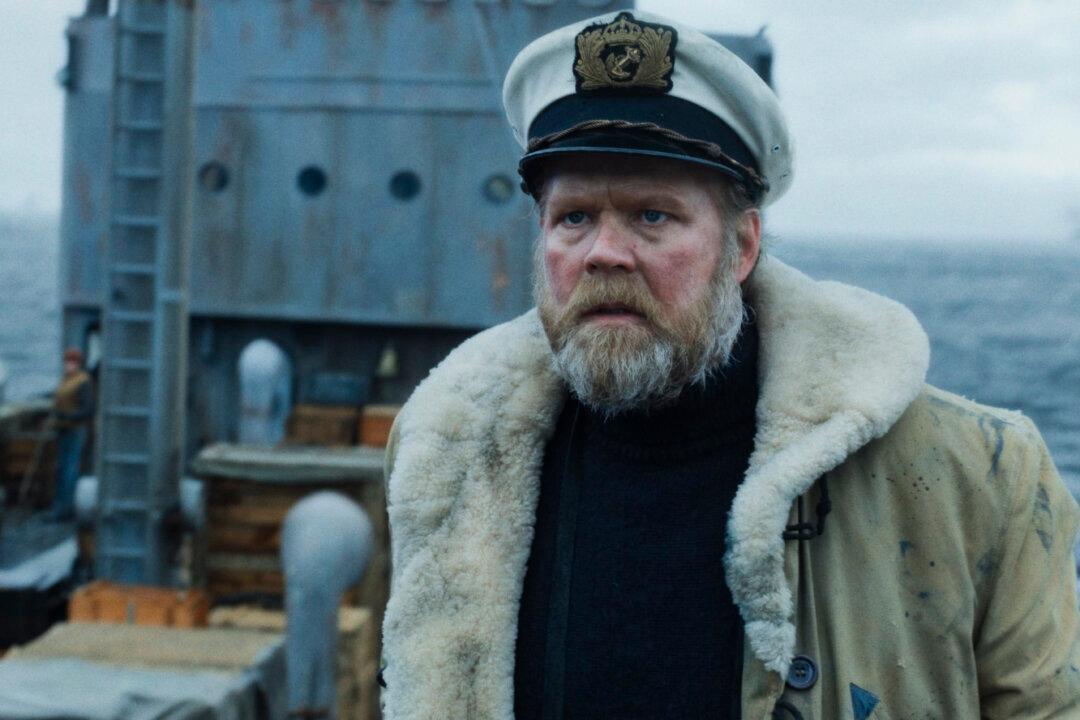NR | 1h 48m | war drama, action | 2024
Here is a trick question: Which American service branch suffered the highest casualty rate during World War II? It was the U.S. Merchant Marine, who come under military jurisdiction during times of war.

NR | 1h 48m | war drama, action | 2024
Here is a trick question: Which American service branch suffered the highest casualty rate during World War II? It was the U.S. Merchant Marine, who come under military jurisdiction during times of war.